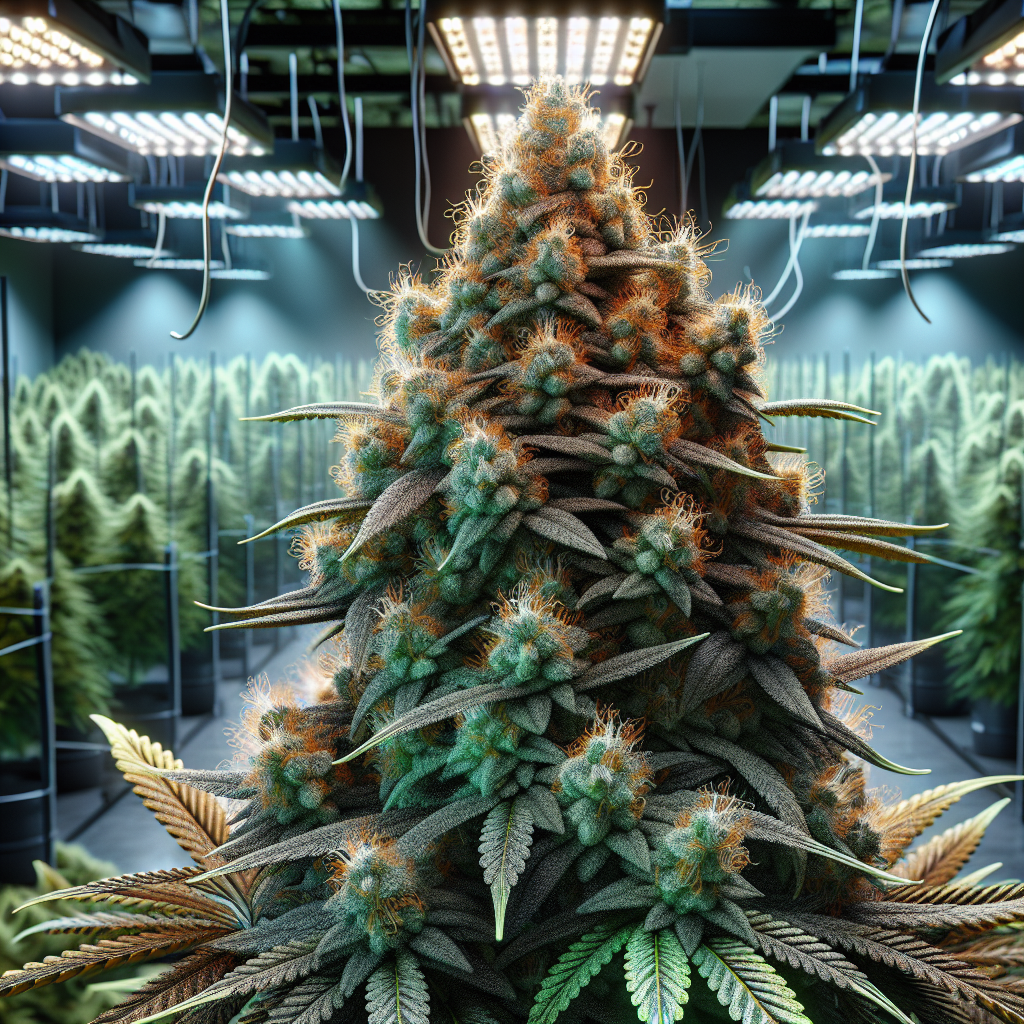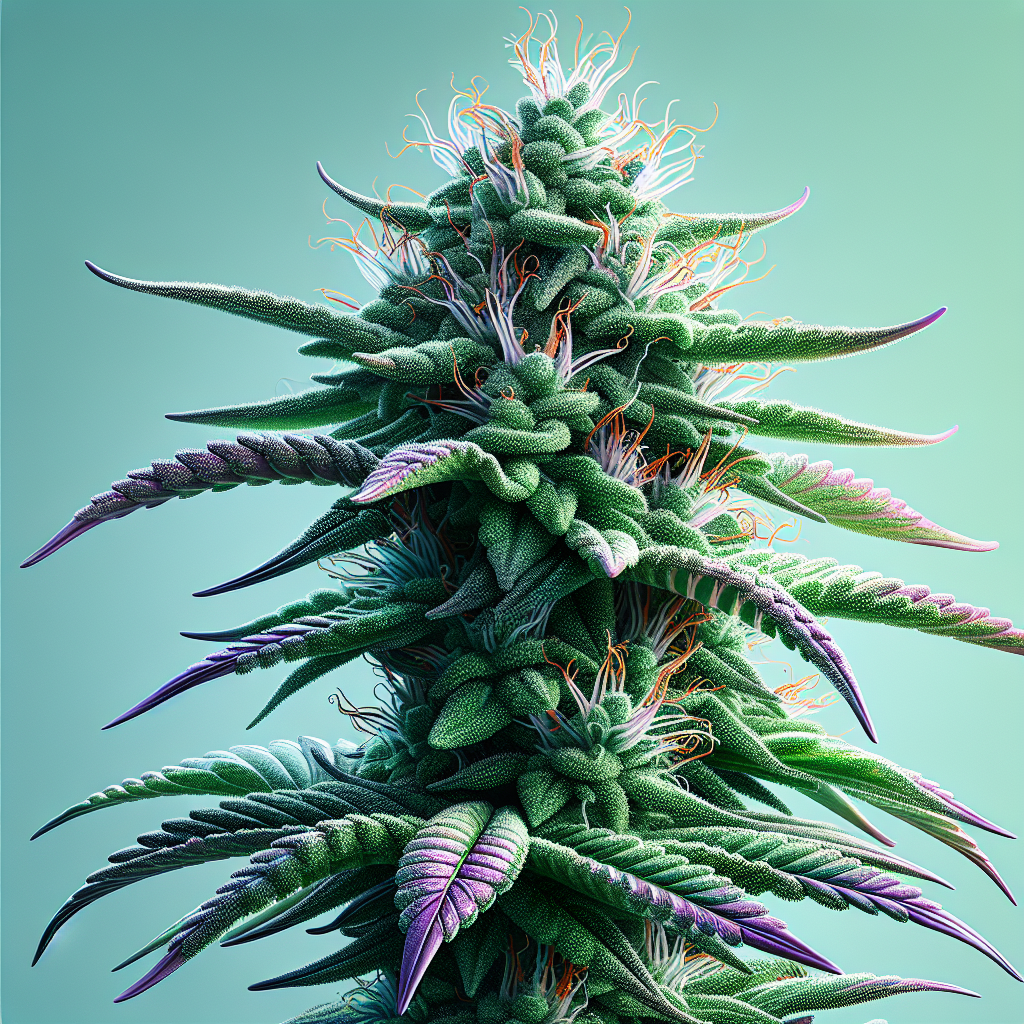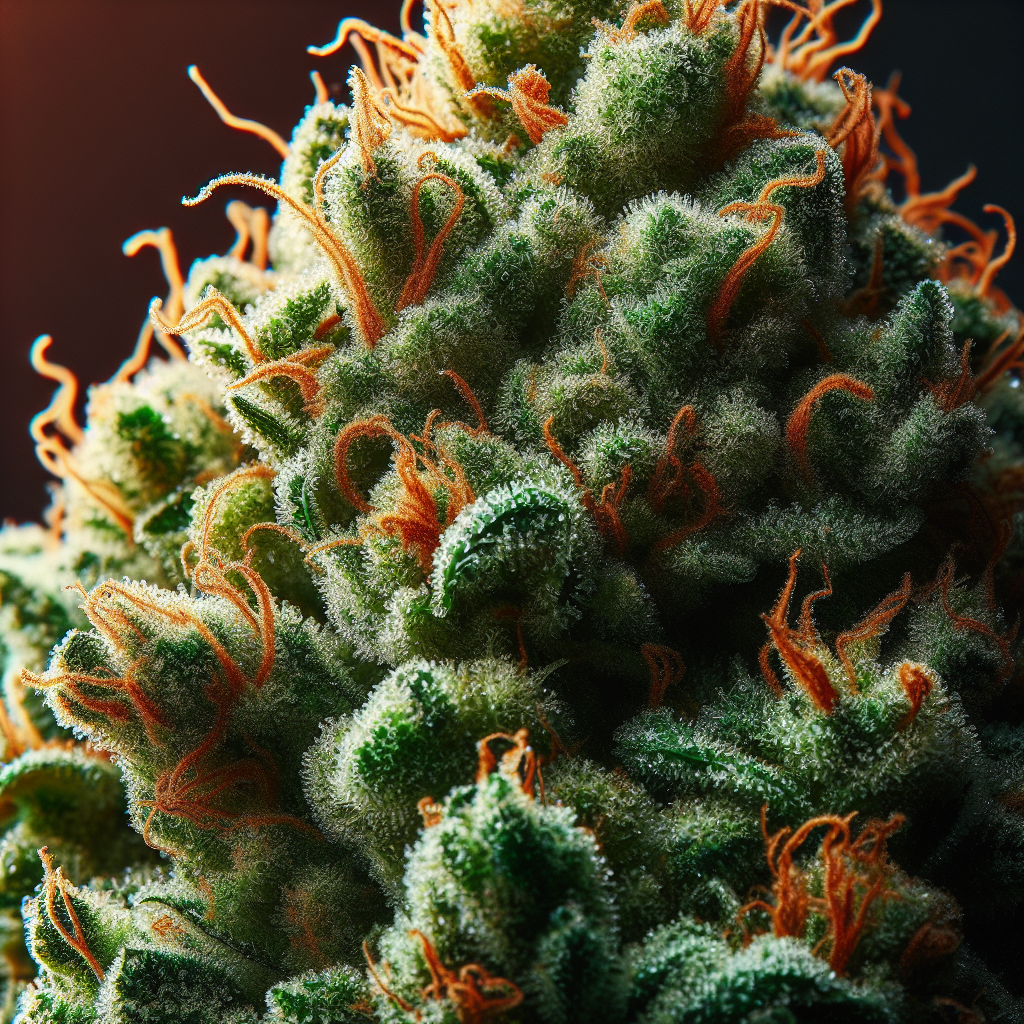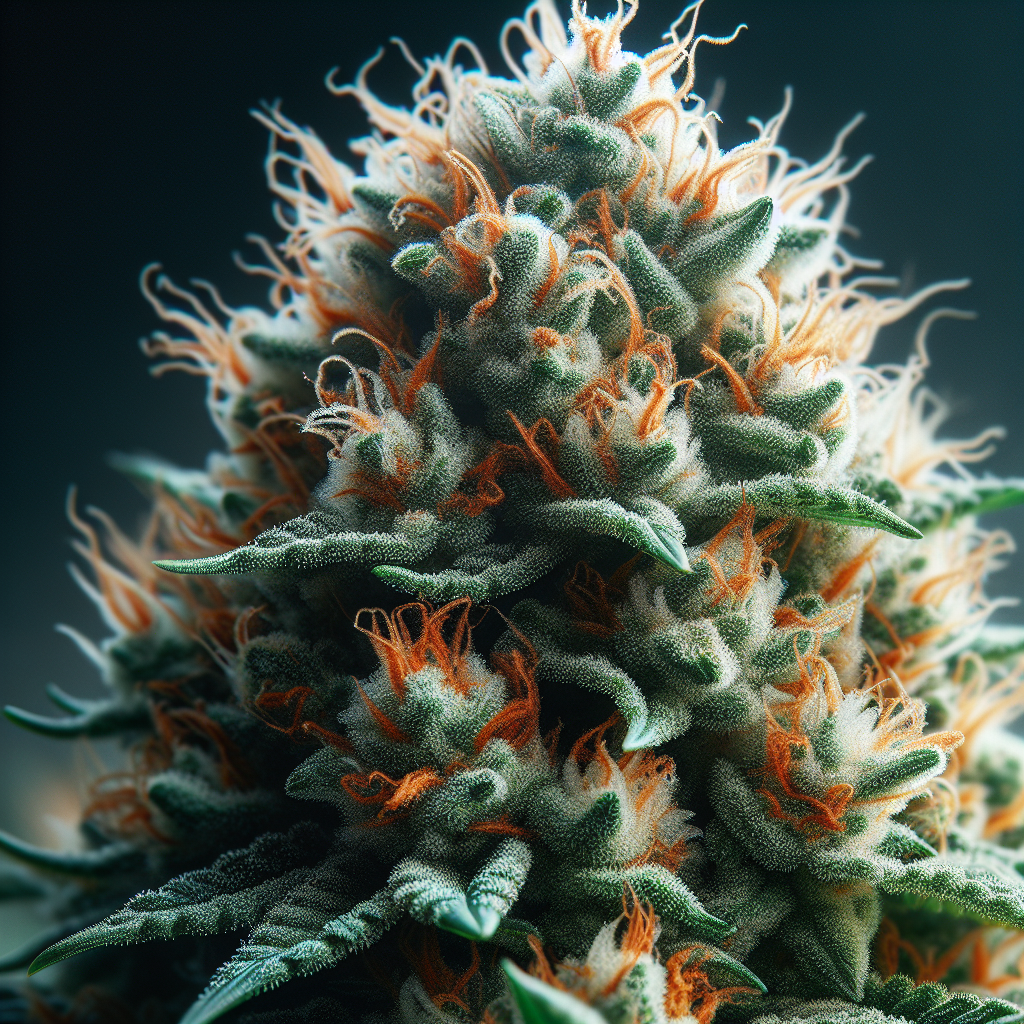The Terpene Trio: Understanding Limonene, Myrcene, and Linalool
Cannabis has emerged from the shadows of stigma and legal prohibition to gain recognition as a versatile and therapeutic plant with vast potential. As research continues to uncover the intricacies of this remarkable plant, the focus has shifted towards understanding not just cannabinoids like THC and CBD, but also the lesser-known compounds known as terpenes. In this extensive exploration, we will dive deep into three of the most prominent terpenes found in cannabis: Limonene, Myrcene, and Linalool. We will look at their unique properties, potential benefits, and how they contribute to the overall cannabis experience.
What are Terpenes?
Terpenes are aromatic compounds produced by many plants, including cannabis. They are responsible for the diverse scents associated with different strains and play a crucial role in influencing both the flavor and therapeutic effects of cannabis. Found in the essential oils of plants, terpenes can evoke various moods, help in relaxation, or even enhance physical well-being.
Though over 200 terpenes have been identified in cannabis, the “Terpene Trio” focuses on three of the most common and beneficial ones—Limonene, Myrcene, and Linalool. Each offers unique qualities, making them important components in the cannabis conversation.
Limonene: The Zesty Uplifter
Profile and Aroma
Limonene is primarily found in the peels of citrus fruits, which is reflected in its bright, citrusy aroma. It’s known for its uplifting and cheerful scent, often associated with freshness and clarity. This terpene is prevalent in sativa strains, although it’s present in many hybrids and indica-strains as well.
Potential Benefits
Research has indicated that Limonene may have various therapeutic effects, including:
-
Mood Enhancement: Limonene is often celebrated for its potential ability to improve mood and alleviate stress. Some studies suggest that it may interact with serotonin receptors, providing feelings of happiness or euphoria.
-
Anti-anxiety Properties: Anecdotal evidence suggests that Limonene may aid in reducing anxiety levels, making it a great option for those seeking relaxation without the heavy sedation often associated with some indica strains.
- Antioxidant Effects: Preliminary research suggests that Limonene has antioxidant properties, which can help combat cellular damage from free radicals and support overall health.
Strains Containing Limonene
Many popular cannabis strains feature Limonene prominently, including:
- Super Lemon Haze: Known for its zesty flavor profile and uplifting effects.
- Lemon Skunk: Offers a citrusy aroma with invigorating effects.
- Jack Herer: A classic strain that combines uplifting qualities with a herbal undertone.
Myrcene: The Relaxing Heavyweight
Profile and Aroma
Myrcene is characterized by a musky, earthy, and slightly fruity aroma. It is often associated with the scents of cloves and hops. Myrcene is the most abundant terpene in cannabis and is a major reason many strains are known for their relaxing effects, particularly indicas.
Potential Benefits
Myrcene is widely recognized for its potential health benefits, including:
-
Sedative Effects: Myrcene has been referred to as the "couch-lock" terpene. Research suggests it may promote relaxation and sleepiness, making it an ideal choice for individuals dealing with insomnia or those seeking evening consumption.
-
Muscle Relaxation: Athletic individuals or those with muscle tension may find Myrcene beneficial as it has been noted for its potential to relax muscles and alleviate pain.
- Anti-inflammatory Properties: Myrcene may boast anti-inflammatory effects, which could play a role in reducing conditions like arthritis or chronic pain.
Strains Containing Myrcene
Here are some strains where Myrcene is prominently featured:
- Granddaddy Purple: Known for its calming effects and sweet berry flavor.
- Bubba Kush: Offers intense relaxation with a heavy, earthy aroma.
- Mango Kush: Infused with tropical flavors, this strain promotes relaxation and comfort.
Linalool: The Floral Soothing Agent
Profile and Aroma
Linalool features a delicate floral scent reminiscent of lavender. It’s often linked with tranquility and peace, making it a popular choice in aromatherapy and essential oils. This terpene plays a significant role in various cannabis strains recognized for soothing effects.
Potential Benefits
Linalool is praised for several benefits that enhance the cannabis experience, including:
-
Anxiety Reduction: Similar to Myrcene, Linalool has been shown to produce calming effects that may alleviate anxiety, stress, and agitation.
-
Pain Relief: Emerging research indicates that Linalool may possess analgesic properties, potentially helping with conditions such as chronic pain or inflammation.
- Sleep Aid: Many turn to Linalool for its sleep-inducing qualities, as it can promote relaxation and facilitate restful sleep.
Strains Containing Linalool
Some popular strains high in Linalool include:
- Lavender: True to its name, this strain promotes calming and soothing effects.
- Amnesia Haze: A hybrid strain delivering a gentle euphoria and relaxation.
- LA Confidential: Known for its aromatic qualities and ability to ease stress and pain.
The Entourage Effect: Terpenes and Cannabinoids in Harmony
While Limonene, Myrcene, and Linalool each provide outstanding individual benefits, it is important to understand their role within the entourage effect. This term refers to the synergistic relationship between cannabinoids and terpenes in cannabis. When consumed together, these compounds work in harmony, amplifying each other’s effects to provide comprehensive therapeutic benefits.
For instance, pairing Myrcene with CBD may enhance relaxation without the stony effects associated with THC. Limonene can uplift the mood while Linalool calms anxiety, creating a holistic experience tailored to individual needs.
Choosing the Right Strain for You
Understanding the varying effects of Limonene, Myrcene, and Linalool allows you to make informed choices about the cannabis strains that suit your needs best. Here are some tips to help you find your ideal strain:
-
Consider Your Desired Effects: If you’re looking for relaxation, choose strains with higher Myrcene or Linalool. If you’re in need of an uplifting experience, opt for Limonene-dominant strains.
-
Experiment: Everyone’s body chemistry is different, so it may take some trial and error to find strains that work best for you. Start with a low dose and gradually increase as needed.
-
Research and Ask Questions: There is a wealth of resources available to help you understand strain profiles. Don’t hesitate to ask budtenders at dispensaries for recommendations based on your preferences.
- Mind the Method of Consumption: Different consumption methods can impact the experience you have with cannabis. For example, consuming edibles may provide longer-lasting effects but can take longer to set in compared to smoking.
Incorporating Terpenes into Your Wellness Routine
Limonene, Myrcene, and Linalool are not just relevant to cannabis; they are found in other therapeutic plants, essential oils, and natural products. Here are some ways you can incorporate these beneficial terpenes into your wellness routine:
-
Essential Oils: Look for essential oils that contain Limonene (citrus oils), Myrcene (from hops and lemongrass), and Linalool (lavender). They can be used in diffusers, topical applications, or bath products.
-
Culinary Uses: Leverage the flavors of these terpenes by incorporating foods rich in them into your diet. Citrus fruits, herbs, and various spices are great ways to enjoy the benefits of these terpenes in whole food form.
- Aromatherapy: Engaging in aromatherapy with oils rich in these terpenes can enhance your mood, alleviate stress, and contribute to overall well-being.
Conclusion
In summary, the Terpene Trio—Limonene, Myrcene, and Linalool—offers a fascinating glimpse into the world of cannabis and the therapeutic potential that terpenes can provide. By understanding these crucial compounds, consumers can tailor their cannabis experience to fit their unique needs, leading to enhanced wellness and enjoyment. As cannabis continues to shed its stigma, knowledge about terpenes and their effects can empower individuals to navigate their health and wellness journeys with confidence.
Whether you seek uplifting energies, relaxation, or soothing relief, there is a strain with the right profile for you. With the resurgence of interest in cannabis, the future looks bright, and the possibilities for healing and enjoyment continue to grow.
FAQ Roundup
Q1: What are terpenes?
A: Terpenes are aromatic compounds found in many plants, including cannabis. They contribute to the aroma, flavor, and potential therapeutic effects of different strains.
Q2: What is the entourage effect?
A: The entourage effect refers to the synergy between cannabinoids and terpenes in cannabis, where the compounds work together to enhance each other’s effects for a more comprehensive experience.
Q3: Which strains are high in Limonene?
A: Popular strains high in Limonene include Super Lemon Haze, Lemon Skunk, and Jack Herer.
Q4: How can Myrcene help me?
A: Myrcene may promote relaxation, relieve pain, and aid sleep. It is often utilized in strains preferred for their calming effects.
Q5: Is Linalool safe to use?
A: Yes, Linalool is generally considered safe and is commonly used in aromatherapy and personal care products for its calming properties.
Q6: How can I find the right strain for me?
A: Assess your desired effects, experiment cautiously with different strains, and consult budtenders for personalized recommendations.
Q7: Can I find terpenes in products besides cannabis?
A: Absolutely! Terpenes can be found in essential oils, herbs, spices, and many fruits. Incorporating these into your diet or wellness routine can provide similar benefits.
By understanding the nuances of terpenes and their effects on cannabis, individuals can enjoy an enhanced experience tailored to their needs, paving the way for a more holistic approach to health and well-being.





